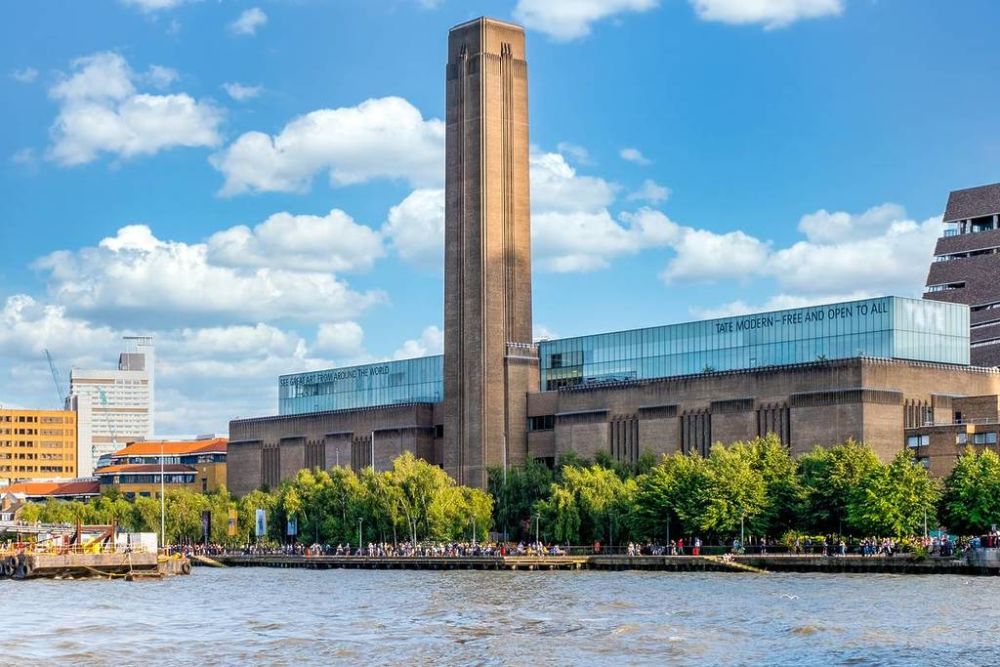

The Tate Modern is a modern art gallery located in London, and it has become one of the most-visited tourist attractions in the city. Its history as a destination for tourists is inextricably linked to its transformation from a former power station into a world-class art gallery.
Originally opened in 2000, the Tate Modern was created in the former Bankside Power Station, a distinctive building designed by Sir Giles Gilbert Scott and constructed in two phases between 1947 and 1963. The power station was decommissioned in 1981, but its potential for a second life was realized when the Tate Trustees announced their plan to create a new gallery for modern art in London.
The adaptation of the power plant into a museum was completed by the renowned architecture firm Herzog & de Meuron, which successfully preserved the industrial character of the building while creating state-of-the-art exhibition spaces. The transformation and unique blend of industrial history with contemporary design immediately drew the attention of both art enthusiasts and tourists when it was unveiled.
The Tate Modern's popularity grew rapidly, thanks in no small part to notable exhibitions, its striking Turbine Hall commissions, and its prominent position on the South Bank of the Thames. Tourist numbers increased significantly with the museum consistently featuring among the top five most-attended art museums globally, reflecting its status as a must-visit destination not only for art lovers but also for those seeking an authentic London experience.
In June 2016, the Tate Modern opened a new development called the Switch House, since renamed the Blavatnik Building. This added 60 percent more gallery space, which further enhanced the museum's ability to attract major exhibitions and cater to the tastes of a diverse international audience. The new building itself, offering panoramic views from its tenth-floor viewing platform, has become an attraction in its own right.
In recent years, the Tate Modern has embraced the digital era to cater to new trends in tourism. Virtual reality experiences, interactive guides, and digital displays engaging younger audiences are on the rise. The gallery also implements sustainable practices showing responsibility towards the environment, which appeals to the increasing number of eco-conscious visitors.
Visitor Engagement: In terms of visitor engagement, the museum has developed various programs and events that turn visits into more interactive and participatory experiences, such as artists' talks, workshops, and live performances.
Impact of COVID-19: The museum industry, including the Tate Modern, was significantly impacted by the COVID-19 pandemic. As a response, the Tate Modern increased its online presence through virtual tours, online exhibitions, and digital content to stay connected with its audience, setting a precedent for future engagement in the digital space.
The Tate Modern continues to influence trends in cultural tourism, providing visitors with immersive and innovative experiences that blend history, art, and architecture. As a pillar of London's cultural scene, it remains a seminal destination for tourists from around the globe seeking to enrich their understanding of modern art and enjoy one of the most unique gallery spaces the world has to offer.